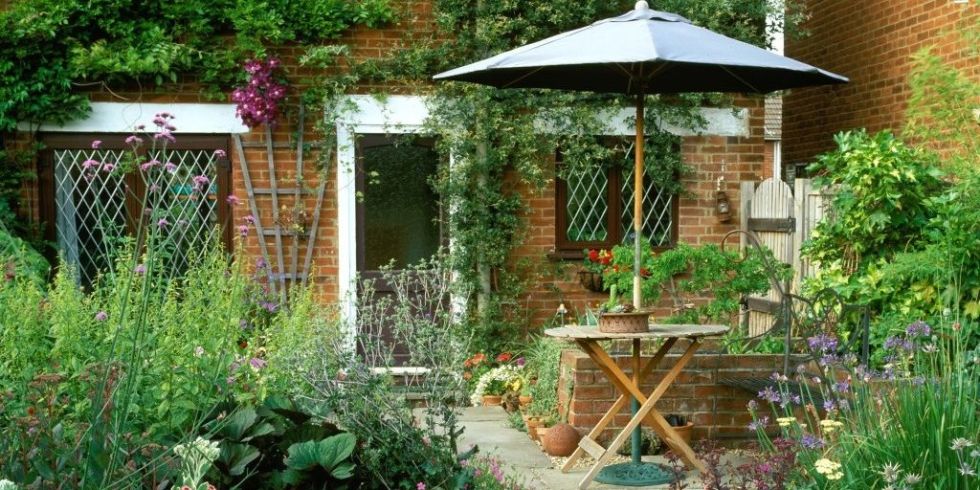
These gardening tips from Chris Bonnett, owner of online garden centre Gardening Express, will help you improve your skills so your garden will prosper.
1. POSITIONING
The most important part of gardening is making sure you position plants in the right places. Some plants love the sun, while others thrive in the shade. Some handle a good drenching and others can last with very little water.
Do your research and work out what types of plants will do well in your garden, taking into account soil type, sunlight, water and drainage. You might love a certain plant but that doesn’t necessarily mean it will survive well in your garden’s conditions.
2. SPACE
Plants need sufficient space to grow so they’re not competing to get the nutrients they need. Spreading them out will make your garden look tidier and well balanced as well as allowing the plants to flourish.
The key is forward planning. Always keep in mind where the garden is going, not just what it currently looks like, and plant accordingly. If you’ve just moved into a property, wait about a year before doing anything drastic to your garden so you can see what it’s like in each season. You can then plan what you’re going to keep and what you want to dig up and replace.
3. SOIL PREPARATION
Knowing whether the soil in your garden is clay, sand, silt, loam, peat or chalk will help you choose the right plants. To find out more about soil types, visit the RHS website.
Always thoroughly dig over any beds before planting. This stops the soil becoming too compacted and allows you to introduce compost or other fertilisers for extra nutrients.
4. FERTILISING
Fertiliser is a great way to improve soil quality and plant growth and is especially useful for plants in pots, fruit and vegetables. If you have healthy soil it’s not always necessary to use fertiliser but for nutrient-deficient soil it’s a good way of giving your plants a boost.
Make sure you get the right fertiliser as different products have formulas designed for different plants. Never mix fertilisers together as the chemicals in them could react and have disastrous consequences. Always read the packet carefully to choose the right fertiliser for your garden and follow the instructions for achieving optimum coverage.
5. PLANTING BULBS
It is important to make sure you plant bulbs the right way up! It’s an easy mistake to make but it will mean growth will be delayed while the roots try to find their way down into the soil and it will use so much energy the plant might not survive.
Place the bulbs in the hole with the shoot, facing upwards – if the shoot isn’t immediately obvious then have a look in a gardening book or online first to work out which way is up. Space them at least twice the bulb’s width apart for optimum growth.
6. WEEDING
When some plants start germinating they can often look like weeds so it’s important to label everything you plant so you don’t pull them up by mistake. If you don’t have plant markers then old ice lolly sticks are a great alternative. This is also a great way of keeping track of what you’ve planted and where.
7. WATERING
Watering is essential to a healthy garden but it can be tricky to get the balance right between giving a plant enough water to thrive and not over watering which will cause the roots to rot.
Keeping soil moist, especially in very hot weather, is important. If you just sprinkle water on the surface then it will simply evaporate so make sure it soaks in about 10cm – scrape back the soil to check it has percolated through enough.
If plants are watered in full sunlight then you risk burning the foliage as the water droplets will magnify the sun’s rays. It’s best to do your watering in the morning or wait until early evening once the sun is lower in the sky.
[Source:- House Beautifull]






